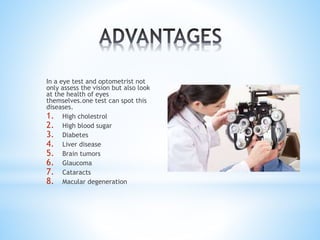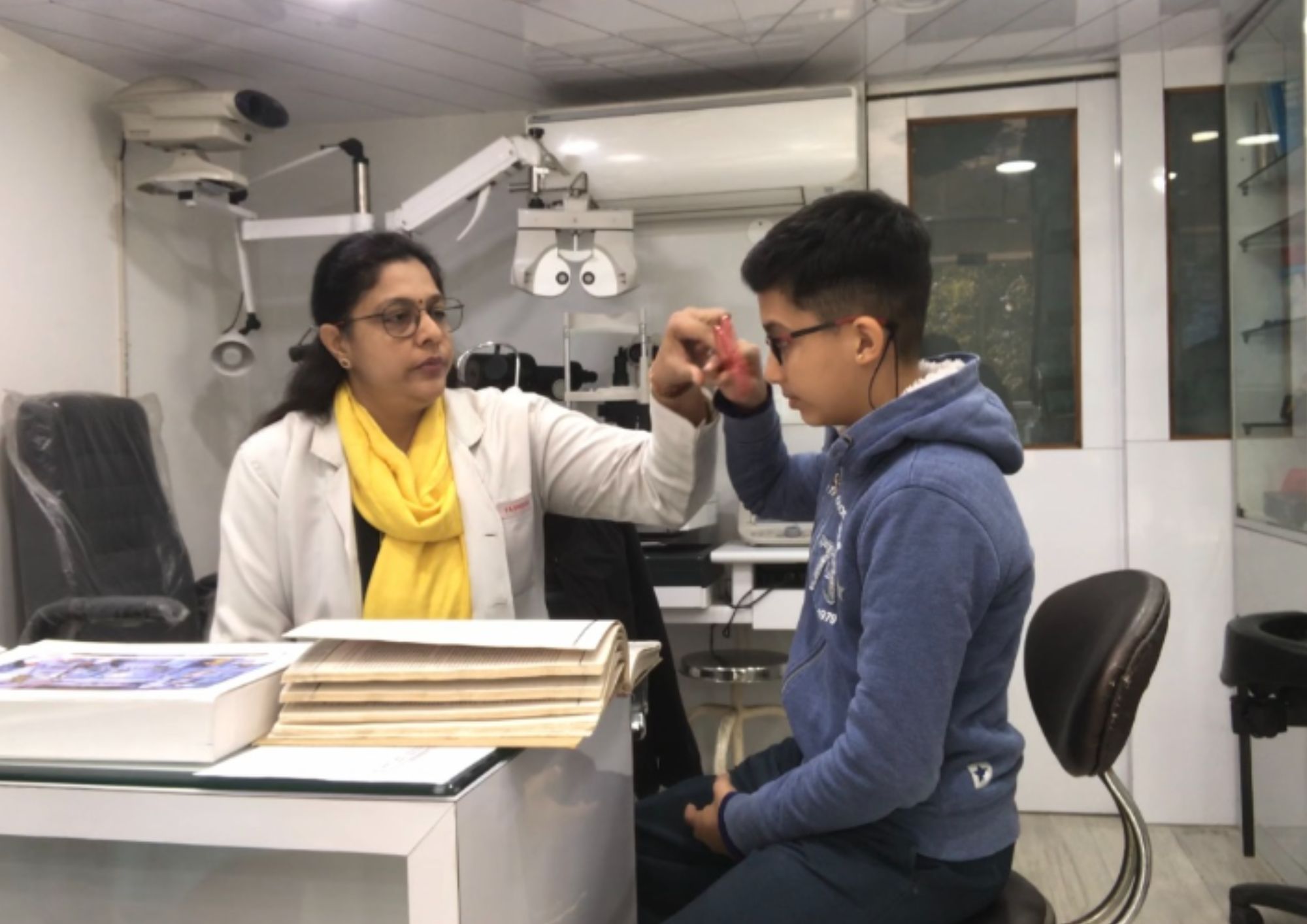The Function of Advanced Diagnostic Tools in Identifying Eye Disorders
In the realm of ophthalmology, the utilization of innovative diagnostic tools has revolutionized the early identification and monitoring of different eye problems. From finding refined adjustments in the optic nerve to checking the progression of retinal conditions, these technologies play an essential duty in boosting the accuracy and performance of detecting eye problems. As the demand for exact and prompt diagnoses remains to expand, the assimilation of sophisticated devices like optical comprehensibility tomography and aesthetic field testing has actually become essential in the world of eye care. The elaborate interaction between modern technology and sensory techniques not just loses light on elaborate pathologies yet additionally opens up doors to customized therapy techniques.
Significance of Very Early Medical Diagnosis
Early diagnosis plays a pivotal duty in the reliable administration and therapy of eye conditions. By spotting eye problems at an early phase, medical care carriers can provide suitable therapy strategies tailored to the certain problem, eventually leading to far better end results for clients.

Technology for Identifying Glaucoma
Innovative diagnostic technologies play an essential role in the early detection and monitoring of glaucoma, a leading cause of irreparable blindness worldwide. An additional innovative tool is visual field screening, which maps the sensitivity of a patient's visual area, helping to discover any areas of vision loss characteristic of glaucoma. These sophisticated diagnostic devices allow eye doctors to diagnose glaucoma in its early phases, allowing for prompt treatment and far better administration of the illness to prevent vision loss.
Function of Optical Comprehensibility Tomography

OCT's ability to evaluate retinal nerve fiber layer thickness allows for exact and unbiased dimensions, aiding in the early discovery of glaucoma even prior to aesthetic field defects end up being evident. Generally, OCT plays an important duty in enhancing the diagnostic accuracy and monitoring of glaucoma, ultimately adding to far better end results for people at danger of vision loss.
Enhancing Diagnosis With Visual Field Screening
A vital part in detailed sensory analyses, visual field screening plays a crucial role in boosting the diagnostic process for various eye disorders. By examining the complete degree of a client's visual field, this test offers vital info about the useful stability of the entire visual look these up pathway, from the retina to the visual cortex.
Visual area testing is specifically important in the medical diagnosis and management of problems such as glaucoma, optic nerve conditions, and various neurological illness that can impact vision. Through quantitative dimensions of peripheral and main vision, medical professionals can identify refined adjustments that might show the existence or progression of these problems, even prior to noticeable signs occur.
Moreover, aesthetic area screening enables the surveillance of treatment effectiveness, helping ophthalmologists customize healing interventions the original source to individual patients. eyecare near me. By tracking modifications in aesthetic area performance with time, doctor can make informed decisions about adjusting medications, recommending surgical interventions, or implementing other appropriate measures to preserve or enhance an individual's aesthetic function
Taking Care Of Macular Deterioration

Conclusion
In final thought, advanced analysis tools play a crucial function in recognizing eye problems early on. Technologies such as Optical Comprehensibility Tomography and visual field screening have actually considerably enhanced the accuracy and effectiveness of identifying conditions like glaucoma and macular degeneration.